There can be your advertisement
300x150
Outlets — The Secret Weapon of Renovation: Why You Need One Per Square Meter
It's better to have a surplus of options than constantly feel their lack
Watch all Episodes of the Repair Movement here:
- Episode 1: Bought a destroyed Stalin-era apartment – what went wrong?
- Episode 2: Relocation: What solution saved our Stalin-era apartment?
- Episode 3: Expensive mistakes in renovation.
- Episode 4: How to stay within 3 million? Finishing touches.
- Episode 5: It was a nightmare, but we made it — Stalin-era renovation.
In our second episode of the "Repair Movement," we continue transforming a typical Stalin-era apartment (205 series) with Ksenia Shakhmatova. While the main team was busy demolishing old partitions and planning new ones, we discussed what most people think about too late — electrical outlets. It might seem simple, but this detail often becomes the Achilles heel even of the most well-planned renovations. When Ksenia said her formula "one outlet per square meter," we decided to find out why this rule is so important.
Main points from the article:
In a modern 70 m² apartment, up to 70 outlets may be needed;
Insufficient outlets are the main reason for extension cords and power strips, creating a fire hazard;
Power points should be planned before finishing work begins;
The standard height of outlet placement varies depending on the room and its purpose;
Properly placed outlets make it easy to change furniture layout without renovation.
"One per one" — is that excessive?
"In our projects, we usually have one outlet per 1 m², which sounds absurd," Ksenia Shakhmatova shared with us when we discussed electrical planning in an apartment. And it really does sound shocking for most people. Seventy outlets for a seventy-square-meter apartment? Really?
Let's calculate. In an average living room, you'll need outlets for:
TV;
Audio system;
Game console;
Router and modem;
Table lamp or floor lamp;
Phone charging;
Laptop;
Vacuum cleaner.
That's just a basic set. Now imagine a kitchen with its refrigerator, stove, range hood, dishwasher, microwave, kettle, coffee maker, toaster and other appliances. Or a bedroom where, in addition to bedside lights, you need outlets for gadget charging, air conditioner, humidifier, and TV.
"Outlets rarely come in just one, " explains Ksenia. "I mean, in terms of the whole apartment. There might be two or three outlets in one place. So if we calculate 70 square meters, that’s easily 70 outlets."
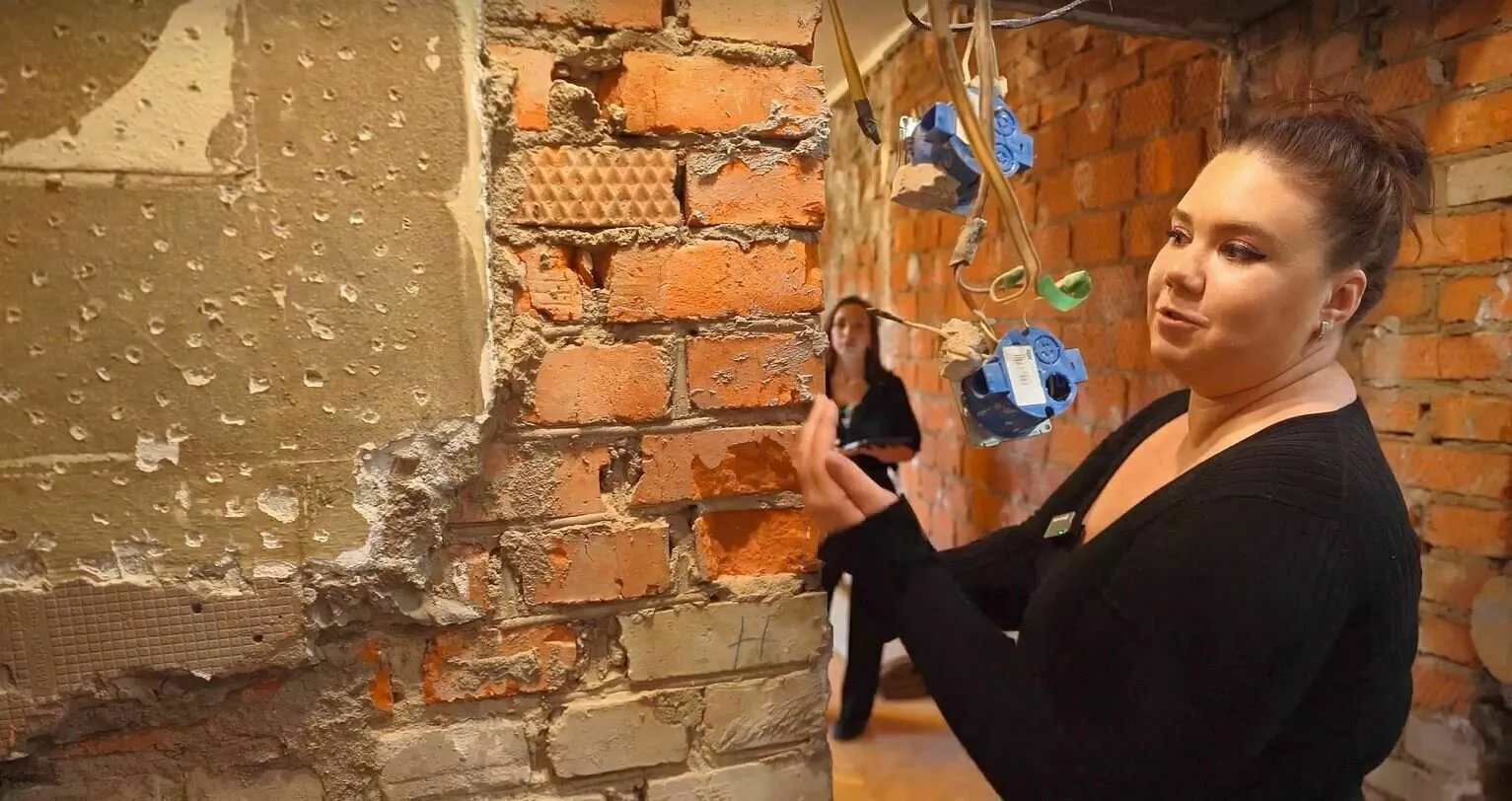
Why it's better to overdo it than underdo it
Insufficient number of outlets in an apartment leads to two unpleasant consequences:
Extension cords and power strips. These temporary solutions often become permanent, turning into a fire hazard. Overloaded extension cords are one of the most frequent causes of domestic fires.
Impossibility to change interior design. When outlets are only in specific places, it dictates furniture layout. Want to move a sofa to another wall? It won't work if the lamp’s cord doesn’t reach.
That's why professionals prefer to install more outlets than needed now. Yes, some of them may never be used. But it's better to have an unused outlet than drill holes in walls and cut channels for wiring a year after renovation.
Outlets for the future that’s already here
Ten years ago, the number of electrical appliances in a home was many times less. Today, each of us owns multiple gadgets and devices requiring charging or constant connection to power. This trend is only growing.
"So that future residents can move furniture and still have access to outlets," Ksenia explains the logic of placing many power points.
Smart homes with voice assistants, security systems, climate control, automated lighting require many outlets placed in unusual spots — under ceilings, in corners, near doorways. When planning renovation today, one should think about tomorrow's technologies.

Where to place: strategic points in every room
There are certain places where outlets must be placed:
KitchenAbove work surfaces — every 60-90 cm;
Separate outlets for high-power appliances (dishwasher, oven);
At the dining table — for small appliances;
In upper cabinets — for built-in appliances;
On islands or peninsulas — if they exist.
"On the kitchen, right away under each spot and all household appliances, a socket is planned immediately and marked on the plan," Ksenia emphasizes.
Living RoomBeside the TV — at least 3-4 outlets for all supporting equipment;
Along the walls at 30-40 cm height — every 2-3 meters;
By the sofa — for gadget charging and floor lamp;
In potential workspace areas.
On both sides of the bed — 2-3 outlets;
By the vanity table or dresser;
In the area where a TV might be placed;
Near windows — for electric carriages or air conditioner.
Near the sink — for hairdryer, electric shaver (with waterproof protection);
For the washing machine;
For electric towel warmers;
For smart plumbing (if planned).
By the front door — for security systems;
In wardrobes — for charging cordless vacuum cleaners;
On the ceiling — for potential automation systems.
Height matters
Where exactly on the wall should an outlet be located? It might seem like a small detail, but it affects both aesthetics and usability:
In the kitchen — 10-15 cm above work surfaces or built-in;
In living rooms — 30-40 cm from the floor (traditionally), but modern trend — 90-100 cm for easy access;
In bathrooms — 110-120 cm from the floor for splash protection;
By the headboard — 60-70 cm from the floor;
Behind the TV — at the height of TV mounting.
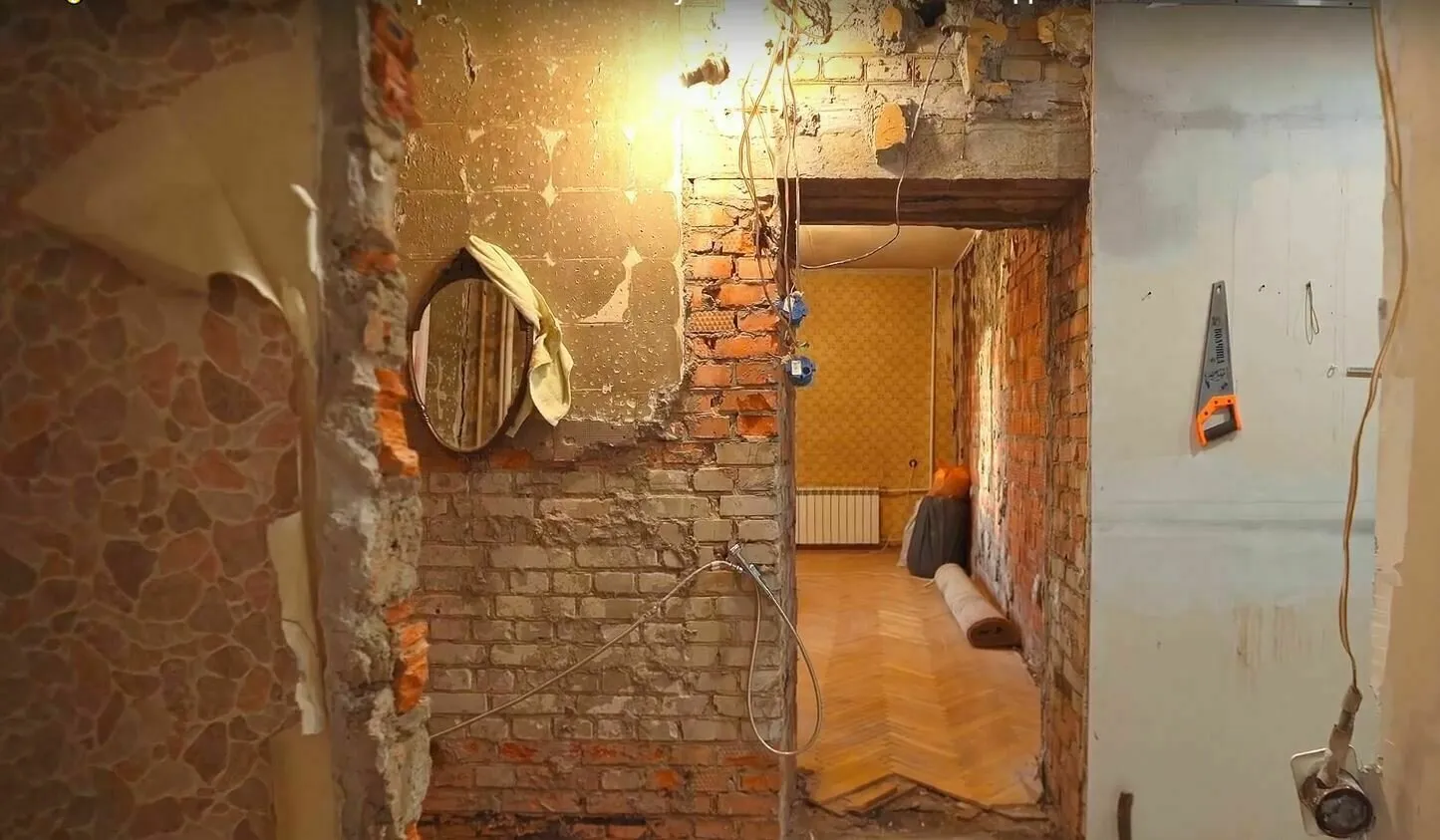
Types of outlets: choose wisely
The modern market offers a wide variety of outlet types to consider during planning:
With USB ports — indispensable at the bed and in work zones;
Child-safe — mandatory if there are small children in the house;
Waterproof — for bathrooms and kitchens;
Circular (European) and rectangular (American) — choose based on existing appliances;
Hidden (in floor or furniture) — for open spaces.
When to plan outlets?
The most common mistake is leaving the question of outlet placement until the final stage of renovation. In fact, this is one of the first things that should be planned:
"Electrical work comes right after demolition," Ksenia reminds.
It is at the rough finishing stage that channels for wiring are laid and junction boxes installed. Changing their location after walls have been finished and painted will be difficult and expensive.
So the optimal sequence of actions is:
Create a plan of furniture and equipment placement;
Mark all places where electricity will be needed;
Add extra outlets with a margin for future needs;
Coordinate the plan with an electrician and ensure there is enough power capacity.
Is there enough power?
Frequently, people ask: if there will be so many outlets in an apartment, won't it overload the network? Ksenia reassures:
"There is enough power in the apartment for all outlets. Standard power capacity is sufficient for typical household appliances. If we wanted to disconnect the apartment from gas and install an electric stove — then it would be necessary to add power to the apartment, because that’s a very high-power appliance — an electric stove or induction cooker".
It's important to understand that having an outlet does not mean automatic energy consumption. Most outlets are used occasionally, and all devices rarely operate simultaneously. But if you plan to install high-power electrical appliances like an oven, water heater or air conditioner, it's best to consult with an electrician about the need to increase power capacity in advance.

Cost-cutting on outlets: an unjustified risk
The cost of installing an outlet ranges from 1000 to 2000 rubles depending on the region and complexity of work. This includes the cost of the outlet itself, junction box, wire, and the electrician's labor. In the scope of the entire renovation — not such a large amount.
However, cutting costs on the number of outlets can backfire with much higher expenses in the future. Imagine that half a year after renovation, you need to add just one outlet. This means:
Drilling walls and dust everywhere in the apartment;
Cutting channels for wiring;
Connecting to the existing network;
Recovering grooves and repainting walls;
In the worst case — partial wallpaper or tile replacement.
The total costs of such an operation can be 3-5 times higher than the cost of installing the same outlet during renovation.
How we applied the principle "one outlet per meter" in a Stalin-era apartment
In our apartment renovation project, we follow Ksenia Shakhmatova's rule. For an 80 square meter apartment, we plan about 80 outlets, distributed considering the anticipated furniture layout and space usage.
We paid special attention to the kitchen, where each appliance has its own dedicated outlet. We also provided outlets in window sills — this is convenient for connecting New Year's lights or installing electric carriages in the future.
In bedrooms, outlets are placed not only by the headboard but also on the opposite walls — this provides flexibility in furniture arrangement. In the living room, we installed several points along the perimeter of the room to ensure even distribution.
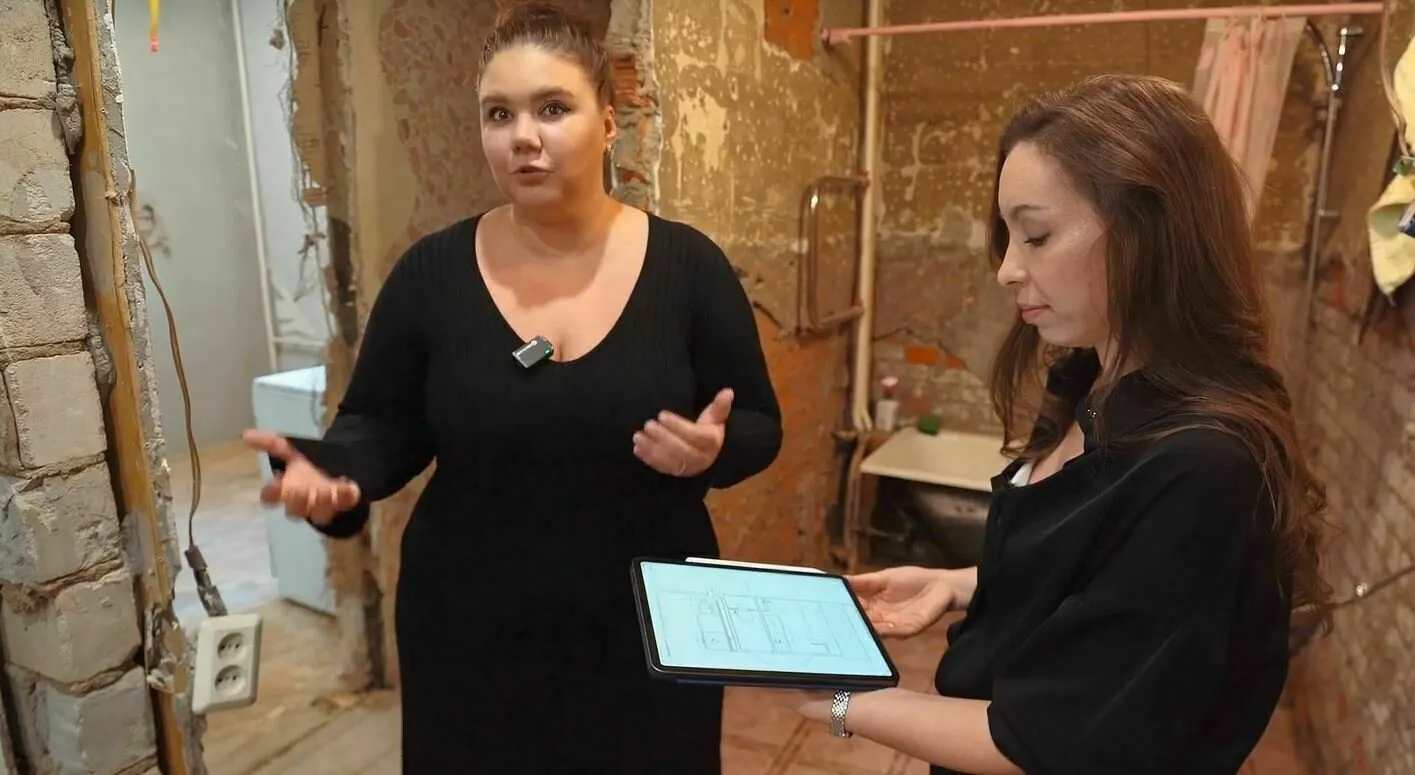
Summary: 7 Rules for Outlet Placement from Professionals
Follow the rule "One outlet per square meter" — this is the optimal ratio for modern housing.
Place outlets according to functional zones, not just standard locations.
Add 20-30% extra for unforeseen needs and future technologies.
Plan outlets during the design stage, before finishing work begins.
Use specialized outlets (waterproof, with USB) where necessary.
Think about future interior changes — outlets should allow free furniture rearrangement.
Don't cut costs on the number and quality of outlets — this is an investment in safety and convenience.
As Ksenia Shakhmatova says: "We will have many outlets, but that doesn't mean they will all be used at once. It's just for convenience."
We fully agree with this philosophy. In today's world, electricity is the basis of comfortable living, and it's better to have a surplus of options than constantly feel their lack. So don't be afraid to seem extravagant when planning electricity for your home. This "extravagance" will pay off in convenience and safety for many years.
Episode 5 (final):
More articles:
 6 bedrooms that will delight you
6 bedrooms that will delight you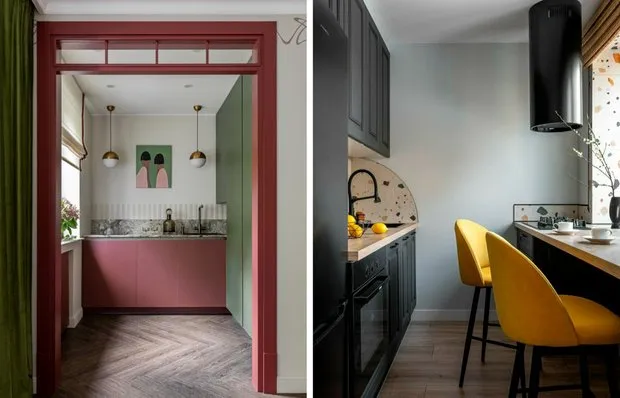 How to Arrange a Tiny Kitchen in a Khrushchyovka: 5 Successful Examples
How to Arrange a Tiny Kitchen in a Khrushchyovka: 5 Successful Examples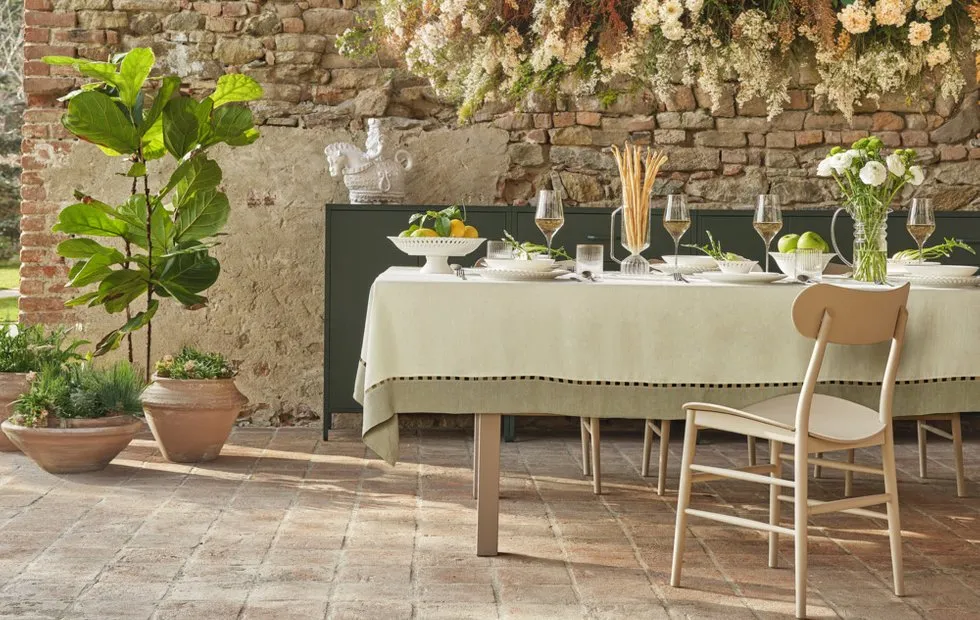 Best Finds for the Garden and Comfortable Outdoor Retreat
Best Finds for the Garden and Comfortable Outdoor Retreat 7 Signs of Poor Repair That Are Immediately Visible
7 Signs of Poor Repair That Are Immediately Visible 6 mistakes in organizing the wardrobe that you shouldn't repeat
6 mistakes in organizing the wardrobe that you shouldn't repeat Clearly Noticeable: 6 Signs of an Outdated Interior
Clearly Noticeable: 6 Signs of an Outdated Interior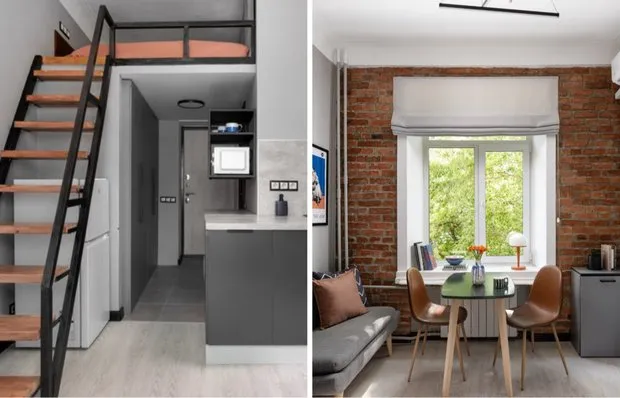 How to Save Space in a Small Apartment: 7 Simple and Effective Ideas
How to Save Space in a Small Apartment: 7 Simple and Effective Ideas 5 super solutions for relaxing on the balcony
5 super solutions for relaxing on the balcony